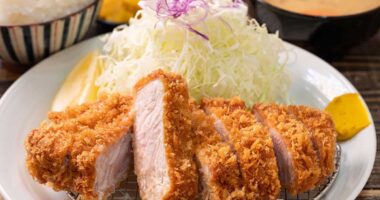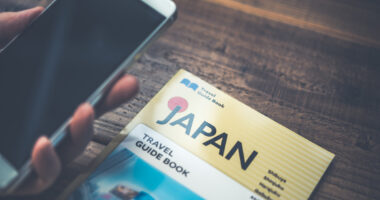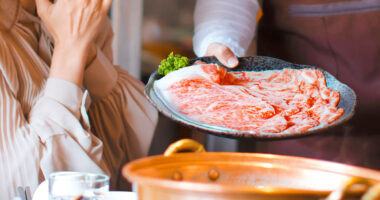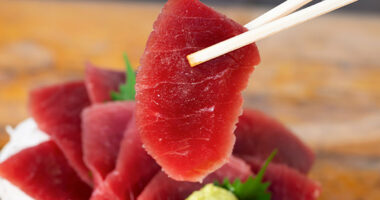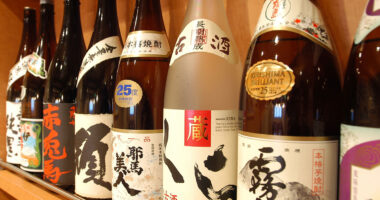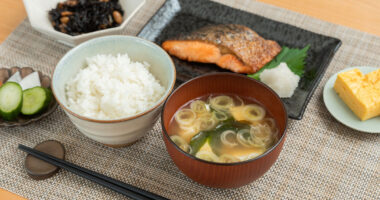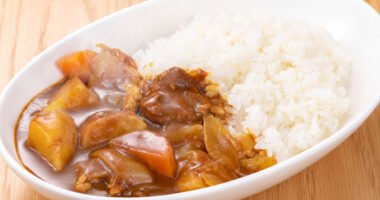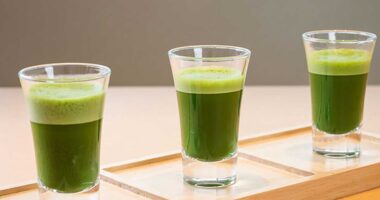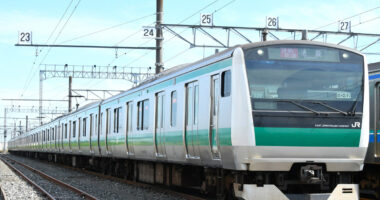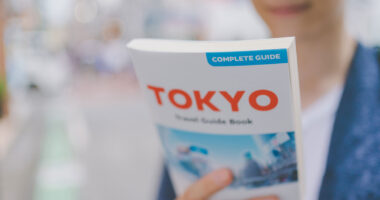Here are some Japanese phrases to remember when ordering or paying for meals during your trip to Japan.
Feel free to use this article in the restaurant and point out the phrases you want to say.
Arrival and seating
When you arrive at a restaurant, use these phrases to get seated comfortably:
- Excuse me: すみません。 (sumimasen)
- I have a reservation: 予約しています。 (yoyaku shite imasu)
- Do you have a smoking section? 喫煙席はありますか? (kitsuen seki wa arimasu ka?)
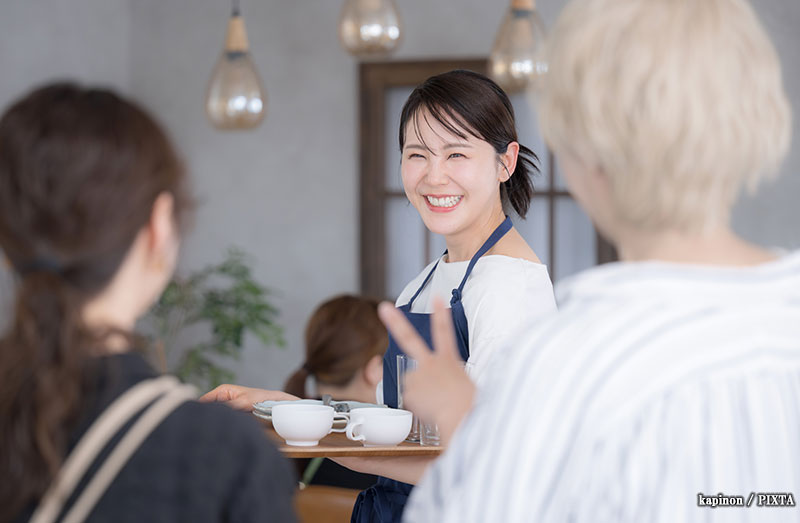
Photo for illustrative purposes
Ordering
Here are some phrases to help you order and enjoy your meal. Use the pattern X o kudasai to order X.
- Do you have an English menu? 英語のメニューはありますか?(eigo no menyū wa arimasu ka?)
- This, please (for example, pointing at the menu): これをください。 (kore o kudasai)
- What do you recommend? おすすめは何ですか?(osusume wa nan desu ka?)
- Where is the restroom? トイレはどこですか? (toire wa doko desu ka?)
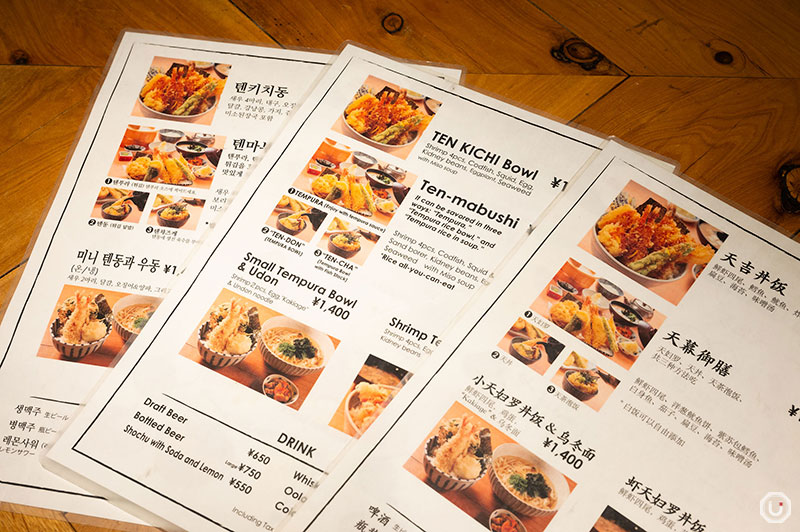
The menu at Tenkichiya Shinjuku. Some Japanese restaurants have menus in English and other languages (photo for illustrative purposes)
Handling special requests
If you have special requests or dietary needs, these phrases can help.
- Is (it) vegetarian? ベジタリアンメニューですか?(bejitarian menyū desu ka?)
- Is (it) vegan? ヴィーガンメニューですか? (vīgan menyū desu ka?)
- Do you have an allergy list? アレルギー表はありますか? (arerugī hyō wa arimasu ka?)
- Does it have [ingredient] in it? [ingredient]が入っていますか? ([ingredient] ga haitteimasu ka?)
Examples of ingredients: {pork | 豚肉 | butaniku }; {peanuts | ピーナッツ | pīnatsu }; {milk | ミルク | miruku }; {eggs | 卵 | tamago }; {wheat | 小麦 | komugi }; {soybeans | 大豆 | daizu }; {fish | 魚 | sakana }; {shrimp | エビ | ebi }; {crab | カニ | kani }

Exterior of Vegan Izakaya Masaka (photo for illustrative purposes)
Dining
Use the following phrases to express your appreciation.
- Before eating: いただきます。 (itadakimasu). Literally meaning “I humbly receive,” it is used to express thanks for what you are about to eat.
- After eating: ごちそうさまでした。 (gochisōsama deshita). Literally meaning “It was a feast,” it is used to express thanks for the food you ate.
- It was delicious おいしかったです。 (oishikatta desu). Can be used as an alternative to gochisōsama deshita.

Saying itadakimasu before enjoying a tasty meal at Wagyū to Kome Miyoshitei (photo for illustrative purposes)
Paying the bill
When you’re ready to leave, use these phrases to settle your bill.
- Check, please: お会計をお願いします。 (okaikei o onegai shimasu)
- Can I split the bill? 個別会計にできますか? (kobetsu kaikei ni dekimasu ka?)
- Can I pay by [payment method]? [payment method]で支払えますか? ([payment method] de shiharaemasu ka?)
Examples of payment methods: {cash | 現金 | genkin }; {credit card | クレジットカード | kurejitto kādo }; {electronic money | 電子マネー | denshi manē }; {QR code payment | QRコード決済 | QR kōdo kessai }
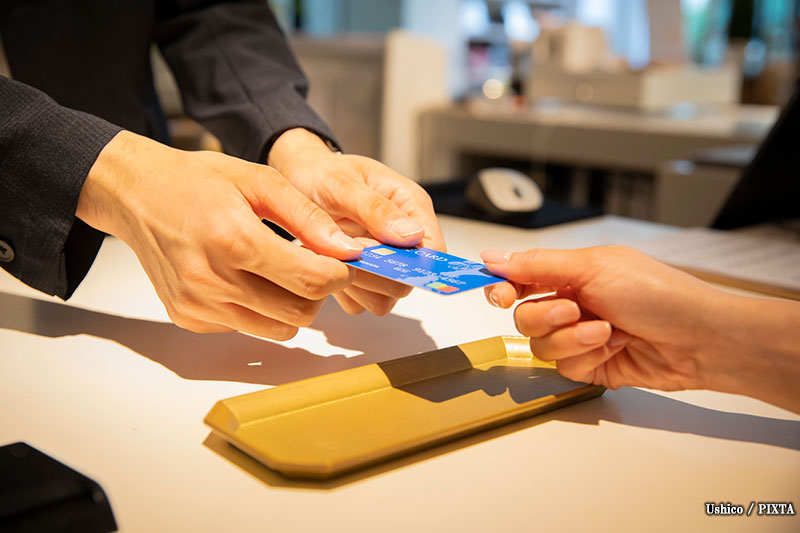
photo for illustrative purposes
Words to watch out for
Sometimes words used in English have different meanings in Japan. Here are three examples to watch out for when you’re dining.
- Tea: ティー (tī) will likely be interpreted as black tea. If you want Japanese tea, say お茶 (ocha).
- Sake: 酒 (sake) is the general term for alcohol. If you want Japanese rice wine, say 日本酒 (nihonshu).
- Fries: This sounds like フライ (furai) in Japanese, the general term for breaded and deep-fried dishes, often seafood. If you want French fries, say フライドポテト (furaido poteto).

Japanese rice wine bottles at KINKA sushi bar izakaya Roppongi (photo for illustrative purposes)
By using these simple phrases, you’ll be better prepared to enjoy dining out in Japan. Enjoy your meals!

